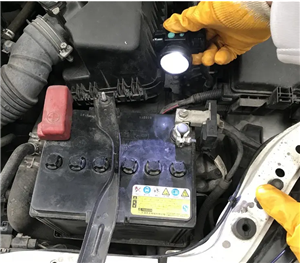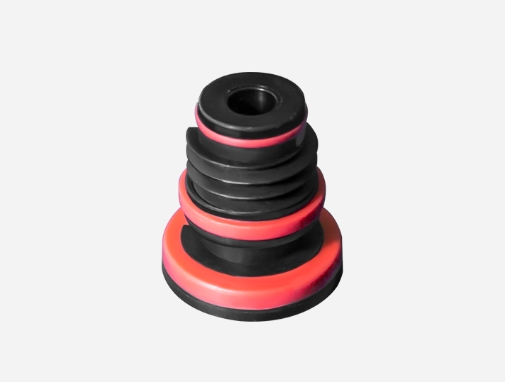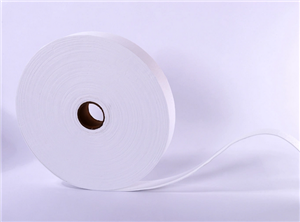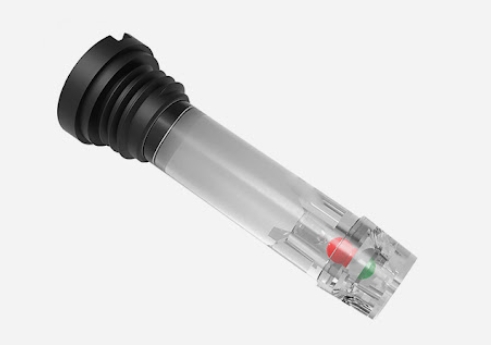What should be paid attention to when adding electrolyte or make-up water to lead-acid batteries
- By: JinHan
- Jun 12,2023
follow us
The electrolyte of the lead-acid battery is the aqueous solution of sulfuric acid. The electrolyte in the lead-acid battery is a component participating in the reaction, so the capacity of the battery has a direct dependence on the electrolyte in the battery. Generally, the water loss of power VRLA lead-acid battery refers to the loss of water in electrolyte. Water loss is mainly caused by the following aspects:
Hydrogen or oxygen generated by water electrolysis leaves the battery;
In the process of converting lead (Pb) into lead dioxide (PbO2) due to grid corrosion, oxygen is absorbed and the water component loses oxygen; Loss of water by evaporation;
Water vapor can also be directly lost through the shell wall of the battery;
The water vapor in the battery overflows the battery with hydrogen and oxygen.
Pay attention to the following problems after the water supplement of the battery. After the initial charging of the water supplement of the battery, check whether there is electrolyte on the surface of the lead acid battery pole group: if there is no electrolyte, recharge the battery after adding electrolyte; If there is still electrolyte in the 6 cells, use a straw to suck out the excess electrolyte. For all lead-acid batteries that need water supplement, before water supplement, lead-acid batteries work in the state of high sulfuric acid concentration, and lead acid batteries are vulcanized to varying degrees, either light or heavy. Therefore, after water supplement, lead acid batteries should be pulse de vulcanized. Pay attention to the following points when adding electrolyte or make-up water to the lead-acid battery:
(1) The electrolyte is just 1.0-1.5mm higher than the electrode plate. For lead-acid batteries with two red lines, the electrolyte shall not exceed the upper red line. If the electrolyte is too full, it will overflow from the small hole in the upper cover of the lead acid battery. Because the electrolyte is conductive, once it flows between the positive and negative poles of the lead-acid battery, a self discharge circuit will be formed. In this case, the electrolyte should be wiped off or washed with water.
(2) When adding electrolyte, if something accidentally falls in, do not use metal objects to salvage it. Use a wooden rod to clip out impurities. If iron wire or copper wire is used for salvage, metal molecules will enter the lead-acid battery under the corrosion of sulfuric acid to form self discharge and damage the lead-acid battery.
(3) During the charge discharge repair process of lead-acid batteries, the water in the electrolyte will gradually decrease due to electrolysis and evaporation, resulting in a drop in the electrolyte level. If it is not replenished in time, the service life of lead acid battery may be shortened, and distilled water shall be replenished in time.
Note: If too much water is added, the excess electrolyte must be sucked out when the power is discharged to avoid excessive acid loss, otherwise the battery voltage will not reach the normal standard and it is difficult to achieve the effect of battery repair.
--End--

 English
English Russian
Russian Portuguese
Portuguese Arabic
Arabic Bangla
Bangla Indonesian
Indonesian








